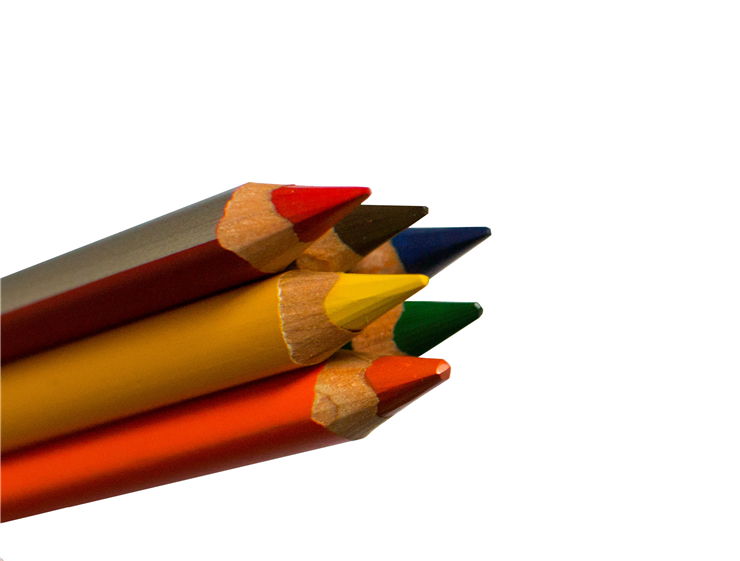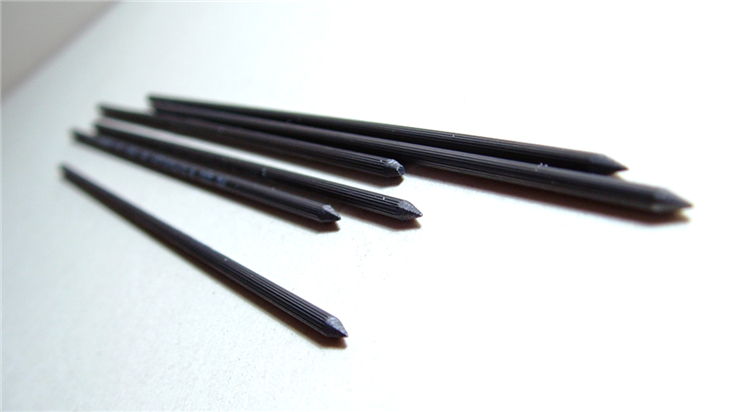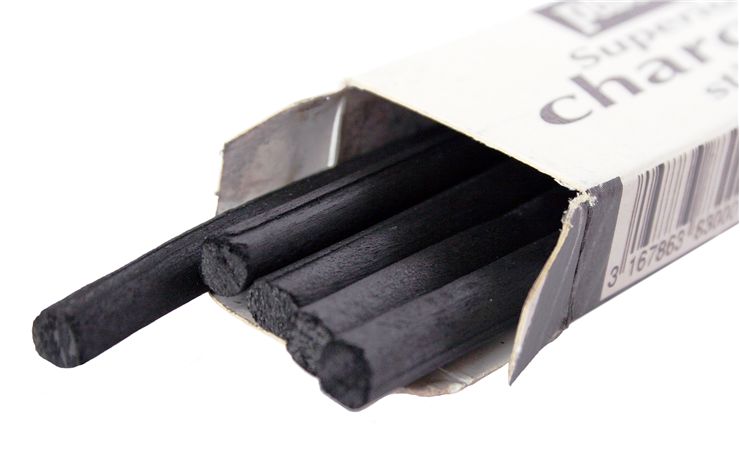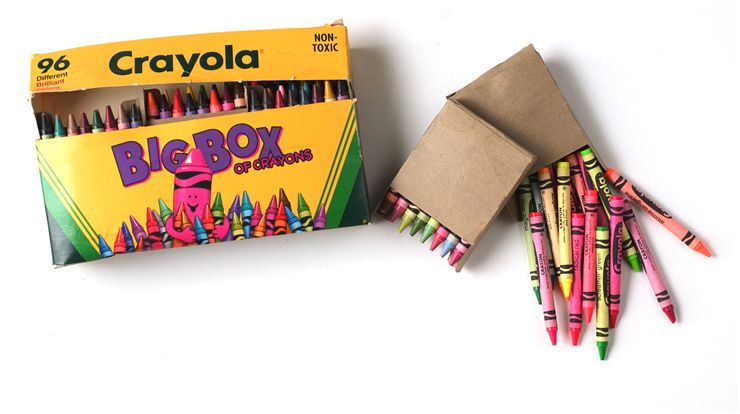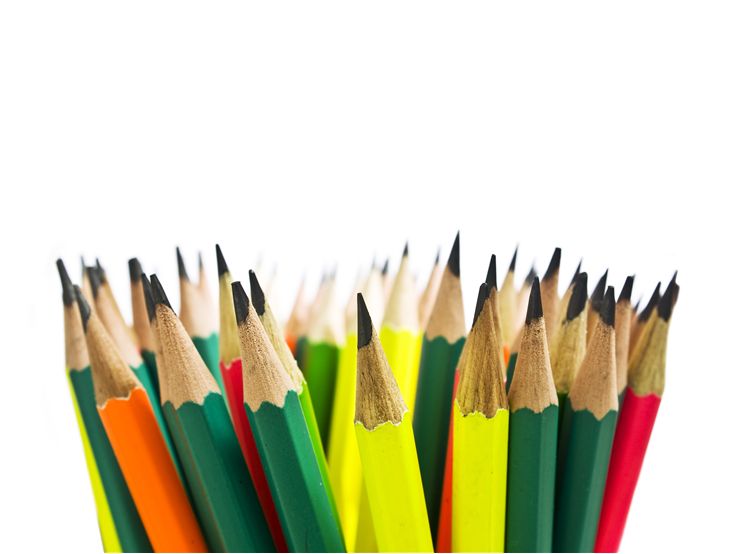Different Classifications and Types of Pencils
As a relatively old tool for writing, the pencil developed in time, and different types of pencils were invented for different uses.
Pencils are available in diverse types, including traditional graphite pencils, versatile mechanical pencils, and vibrant colored pencils. They continually adjust to a wide array of artistic and functional needs.
Different Types of Pencils
- Graphite pencils
- standard everyday pencils with a core of clay and graphite of clay and graphite and a wood casing. They have many levels of darkness, which are achieved with different ratios of graphite and clay and various uses.
- Solid graphite pencils
- (or woodless pencils) similar to standard graphite pencils but without wood casing. They are used for drawing, cover large areas, and have many levels of darkness.
- Charcoal pencils
- pencils shaped like sticks and made of charcoal and used in art. They are black (and darker than graphite pencils), but there are also sepia-toned and white.
- Carbon pencils
- pencils made of clay and lamp black (a black pigment). Their darkness changes with mixing with charcoal or graphite. They are still darker than pencils but smoother than charcoal pencils.
- Colored pencils or pencil crayons
- pencils with wax-based cores with pigments mixed in them, additives, and binding agents. The core is wooden, as with standard graphite pencils. They are used in fine art but also by children because they are easy to use and don’t leave a mess.
- Grease pencils
- pencil made of wax core and often with paper casing. Some rarer grease pencils have a wooden casing. They can write on almost every surface and it barely scratches the surface it is used on.
- Watercolor pencils
- a subtype of colored pencils. They are made of a material whose mark can be dissolved in water. They are used with standard watercolors to leave sharp lines between colors and to make gradients when dissolved in water.
- Carpenter's pencils
- pencils made of strong graphite and in an oval body. They are designed to be durable, not to break easily, and not to roll off the desk.
- Copying pencils , or indelible pencils - pencils whose core has dye that can write as a normal pencil. But, when water is added to the mark left on the paper, it dissolves and can be copied to the other paper by pressing. They were popular in the 19th century.
- Erasable color pencils
- like their name says: color pencils that can be erased (unlike wax-based colored pencils). They are used for sketching and animation.
- Non-reproducing , or “non-photo blue pencils” - pencils that photocopying machines cannot copy. Today it is used for drawing sketches that will be scanned and then turned to grayscale - the blue from the pencil will disappear.
- Stenographer's pencil
- very reliable pencil with a lead that is breakproof.
- Golf pencil
- short standard pencil that is used for marking the score in golf.
- Mechanical pencils
- pencils that use a mechanism to push lead through a hole at the end. They use special leads with precise diameters for the pencil, which can be of different darkness like standard graphite pencils. They are used for writing and technical drawing.
- Pop a Point Pencils
- pencils with many short pencil tips housed in a cartridge-style plastic holder. They are not sharpened, but when one piece is dull, it is removed from the front and pushed in the rear of the pencil, pushing all the pieces, and the new, sharp one appears at the front.
- Plastic pencils
- invented by Harold Grossman in the late 1960s. They are made by co-extrusion of plasticized graphite mix and a wood-composite core made of ABS plastic, wood flour, and aluminum stearate. They are flexible and can be bent without breaking.
